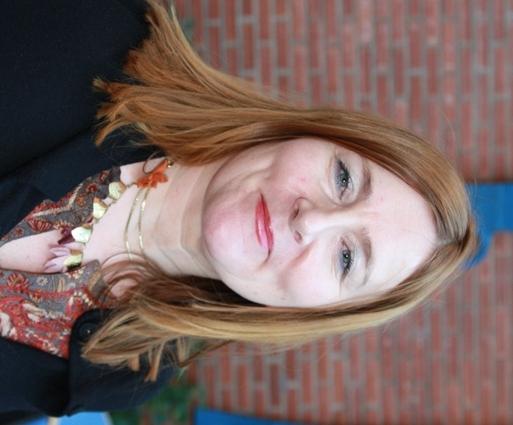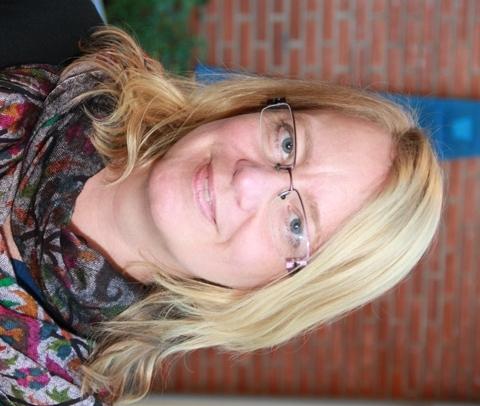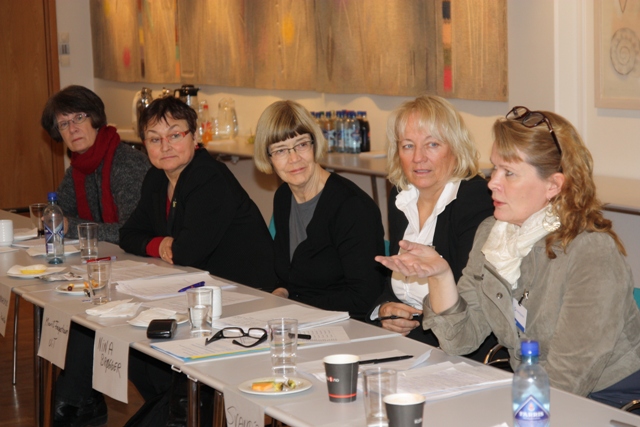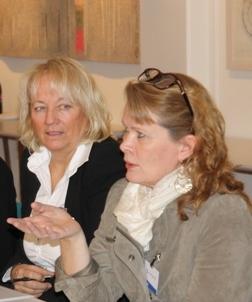Must fill the knowledge gap
We need to know more about the recruitment processes in the research sector. This is the message that came through loud and clear when the Research Council of Norway held a workshop on the factors that impede gender balance at the upper levels of research.

The Research Council has established a major initiative to increase the proportion of women in senior positions and research management. The initiative will run for seven years, from 2012 to 2018, and NOK 20 million in funding has been set aside in the Research Council’s budget proposal for 2012.
This year is being dedicated to a knowledge project that will develop and flesh out the initiative. The project group BALANSE, headed by Lise Christensen, is now well underway. The group recently launched its own webpages about the project and organized a workshop with representatives from various research and academic communities. At the workshop the group gathered input about where the problems lie, where we need more knowledge, and which measures already exist and which should be established.
“Norway warrants a major research programme to fill the knowledge gaps related to gender in research,” said Agnete Vabø of the Nordic Institute for Studies in Innovation, Research and Education (NIFU).
Vabø and her colleague Mari Teigen of the Institute for Social Research pointed out that Norway lacks research in this area and that as a consequence we know too little about the processes that affect gender balance in the sector.
Tiring to be a temporary employee
Agnete Vabø and Mari Teigen said they think it is necessary to look more closely at the position structure in the research sector.
“In recent years the post-doctoral category has increased in numbers and become more widely used. Has the post-doc scheme become a bottleneck in the career cycle?” they asked.
“It’s high time for this position category to be evaluated again – from the perspective of gender equality,” said Vabø.

Pia Lane, a post-doctoral research fellow at the Faculty of Humanities at the University of Oslo, agreed that the years spent in a temporary position is one of the greatest challenges for women who want a career in research. Many surveys have also shown that the temporary nature of this category affects more women than men.
“Many women perceive all the years spent in a temporary position as a trek through the desert that is filled with uncertainty. We ask ourselves: Is this what I want? Or is it too high of a price to pay?”
Lane has been a temporary employee for 11 years now after having completed her thesis at second degree level. She knows that many women must make a difficult choice when they head into their 30s and still do not have a permanent position.
“Should they have children and fall behind in their careers because they are no longer as mobile and flexible as they used to be? Or should they forget about children and continue a nomadic existence from one contract to the next?”
Favours men
“I believe the recruitment process is the greatest challenge we face in our efforts to achieve gender balance in senior scientific positions,” said Svandis Benediktsdottir, Gender Equality Adviser at the Norwegian University of Science and Technology (NTNU).
She said she thinks there is a need for more knowledge about how we can bring about real cultural change at the institutions in order to avoid a recruitment process that favours men. Several others at the workshop agreed with her.
“We need more thorough knowledge about selection processes and why men are appointed to permanent positions more quickly than women,” said Unni Nikolaysen, Senior Adviser at the Ministry of Education and Research.
Professor Anna Lipniacka of the Department of Physics and Technology at the University of Bergen said she believes that women’s main problem with regard to recruitment is that they are seldom evaluated on the basis of their scientific expertise.
“Rather, it is their ’network value’ that counts the most in hiring processes. And then they often lose out to men. It is not uncommon for people to be recruited to top-level positions as a result of personal networks developed on the golf course and in other sports arenas, in saunas and pubs, on hunting and fishing trips and so forth. These activities are often segregated by gender and create obstacles to gender balance in research,” she said.
“Internal recruitment is quite widespread in Norway. We need a review of the recruitment processes to gain more knowledge about these practices,” Vabø pointed out.

Activities that strengthen qualifications
Mari Teigen and Agnete Vabø also called for more knowledge about how women and men use their time.
“We have indications that women spend more time on teaching, advising and performing administrative tasks and less time on activities that strengthen their qualifications for higher positions, such as research, publication and participation in international networks and research cooperation.”
They also raised questions about the relationship between research policy and welfare policy. Is there a correspondence between these two policy areas when it comes to ensuring that employees of both genders have equal opportunities in a sector characterized by individual competition?
“This is a challenge for Norway in particular, since two-career families are common here. Is it possible that women get less uninterrupted time for their research because they spend more time on family and caregiving duties?” Vabø asked.
What can be done?
Another important topic was which measures we should use to promote gender balance in the research sector. Most of the feedback from the workshop fell along the same lines: We don’t need separate measures targeted at women, but we do need changes in institutional practice. Many pointed out that secrecy in the recruitment processes and narrowly worded job advertisements are obstacles to women. In contrast, open processes, access to information and broadly worded job advertisements appear to result in better gender balance.
Marit Fagerheim, who works with personnel and gender equality issues at the University of Tromsø, noted that it must be the responsibility of the department heads to adequately follow up the individual researchers. The information that women receive today by participating in special gender equality measures must be made available to them via their departments.
The Research Council was also challenged in this area.
“We know that women benefit from broadly worded job advertisements and formal structures. But we have nobody who is responsible for ensuring that this practice is followed. The Research Council has a role to play here. And not least, it is important that the Research Council looks at its own practice related to funding announcements and evaluations. There is an interplay between the Research Council and the sector in this area, and for this reason the Research Council must follow up the requirements they set for gender balance and gender perspectives in their programmes,” said Linda Rustad, Senior Adviser for the Committee for Gender Balance in Research.
Translated by Connie Stultz.
The Research Council held a workshop entitled Gender Balance at the Upper Levels of Research? on 26 January 2011.
This week the Research Council’s initiative on Gender Balance in Senior Positions and Research Management (BALANSE) launched its own webpages.
